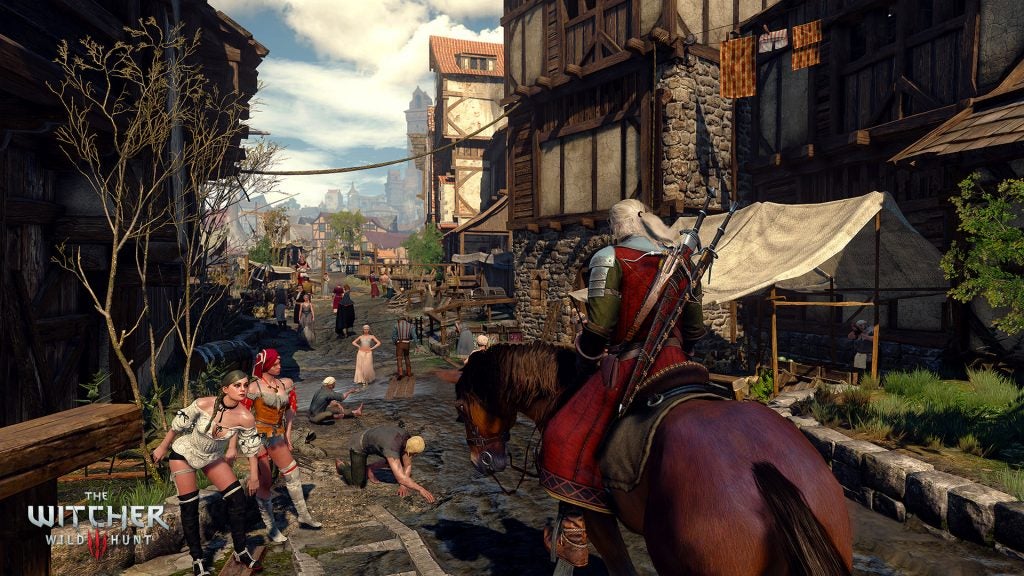


It is worth noting, however, that should Blood and Wine be compared to Hearts of Stone, they size up to each other in different regards. There’s not much more to discuss, as far as plot is concerned, as the expansion is story-rich and worth seeing for yourself. By order of royal decree of a duchess, Geralt has been hired for witcher work regarding a mysterious “Beast of Beauclaire” and the recent mutilations it’s produced. Players will find themselves in Touissant, a colorful, brightly lit land that blends a variety of French and Italian characteristics to create a distinctly European wine country, with high castle on yonder horizon to boot. Unlike Hearts of Stone, the Blood and Wine expansion takes place in an entirely new location separate from the map of The Witcher 3’s base game. If it seems bittersweet, then we’re comfortably set in the world of The Witcher 3: Blood and Wine. So here we are in the second of two expansions for The Witcher 3, witnessing CD Projekt Red’s farewell to a world that made them who they are now, with a final sendoff for Geralt’s story. It’s been a while since then, in what could be considered simpler times of both fiction and reality, and with that span came change for the industry, its audiences, and the responsibility of handling the denouement of one of the most acclaimed franchises to date. We were also introduced to Geralt, an amnesiac who slept around and survived off witcher’s work by hire of simpletons. Back in 2007, CD Projekt RED set foot into the world of video games, and we were introduced to The Witcher - a game built in Bioware’s Aurora engine, which made up for its lacking visuals with strong worldbuilding and a compelling story.


 0 kommentar(er)
0 kommentar(er)
